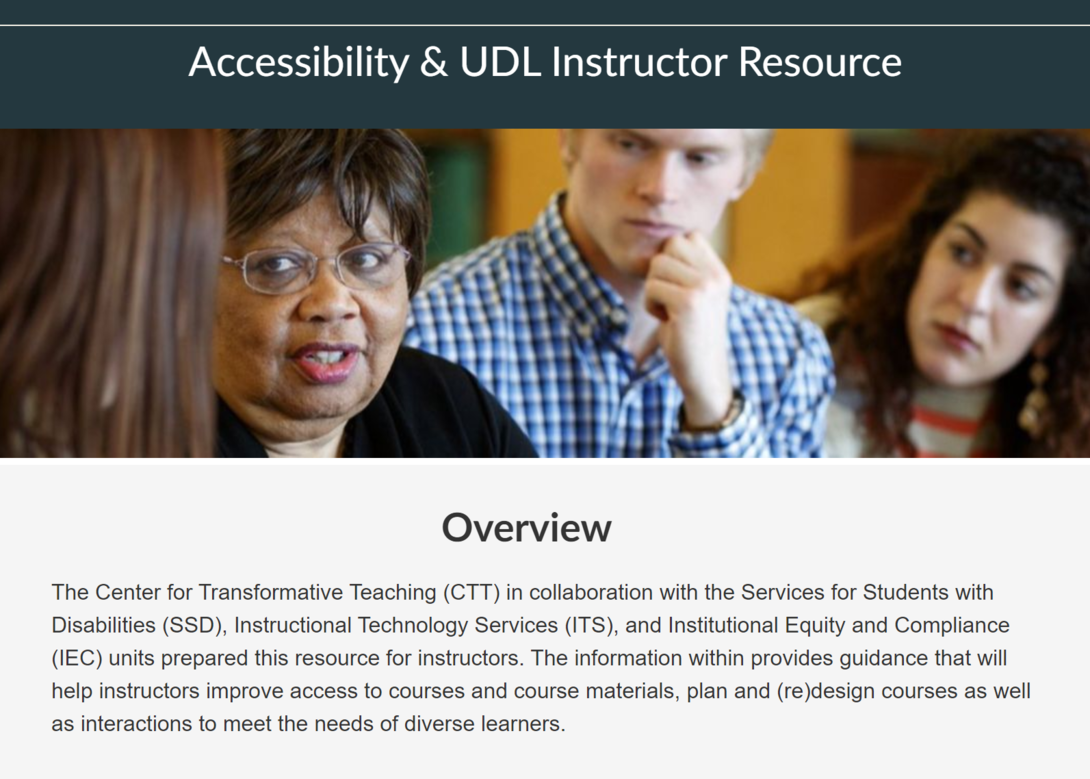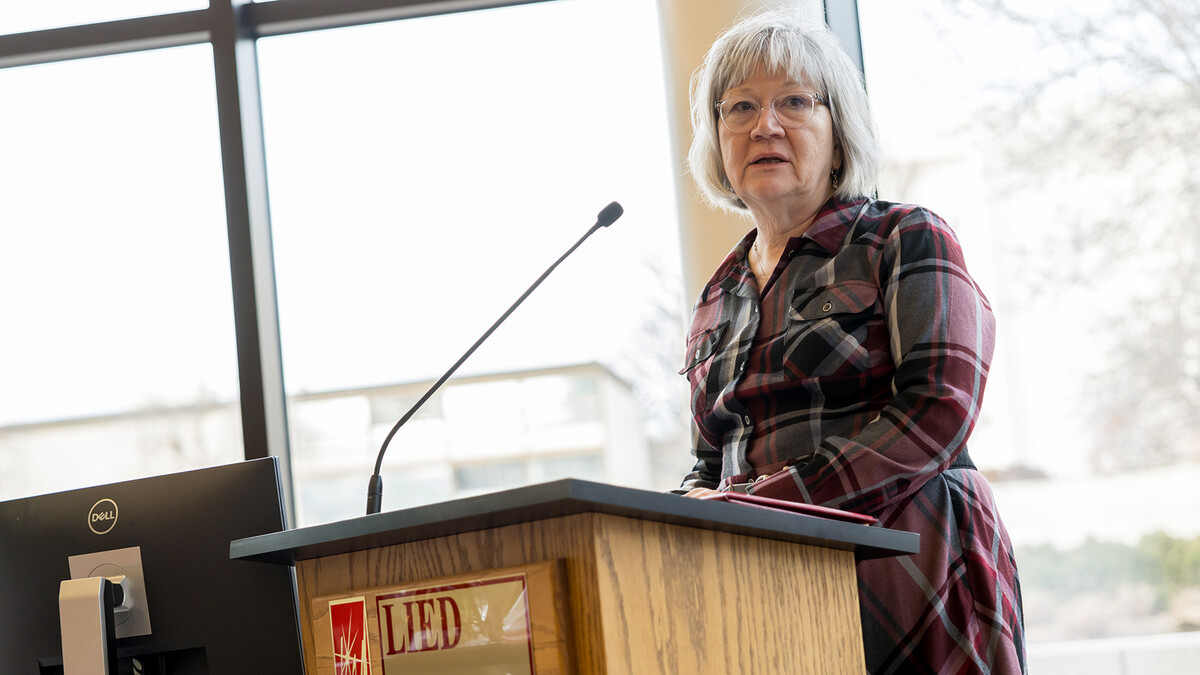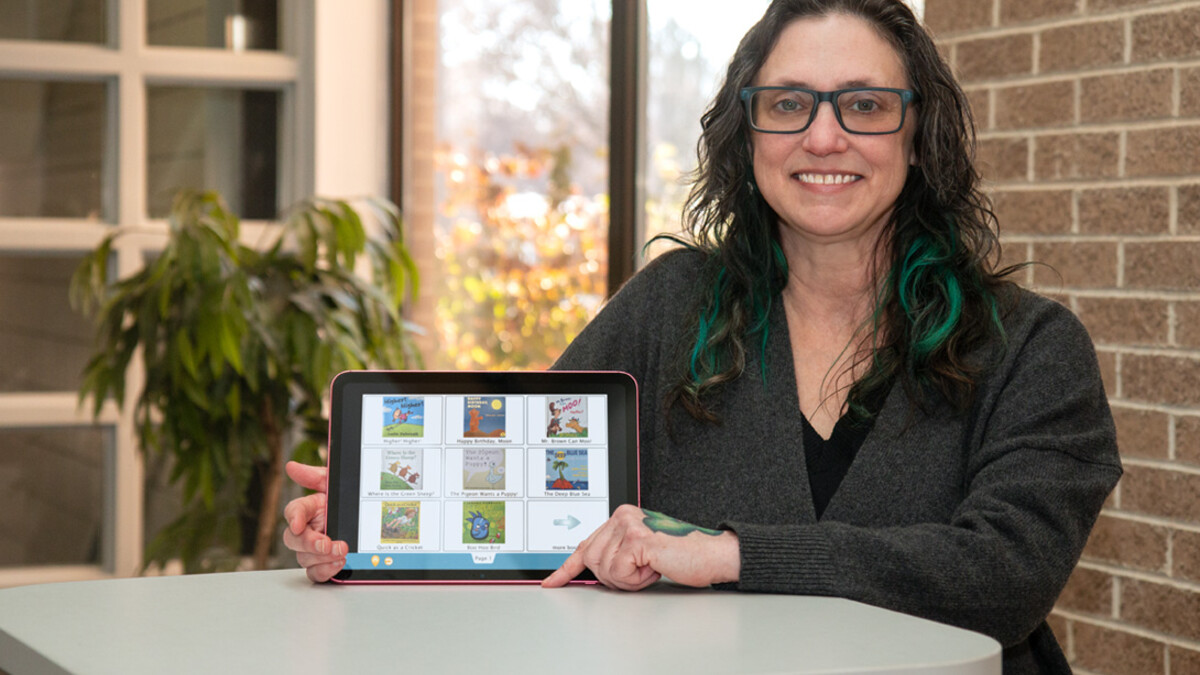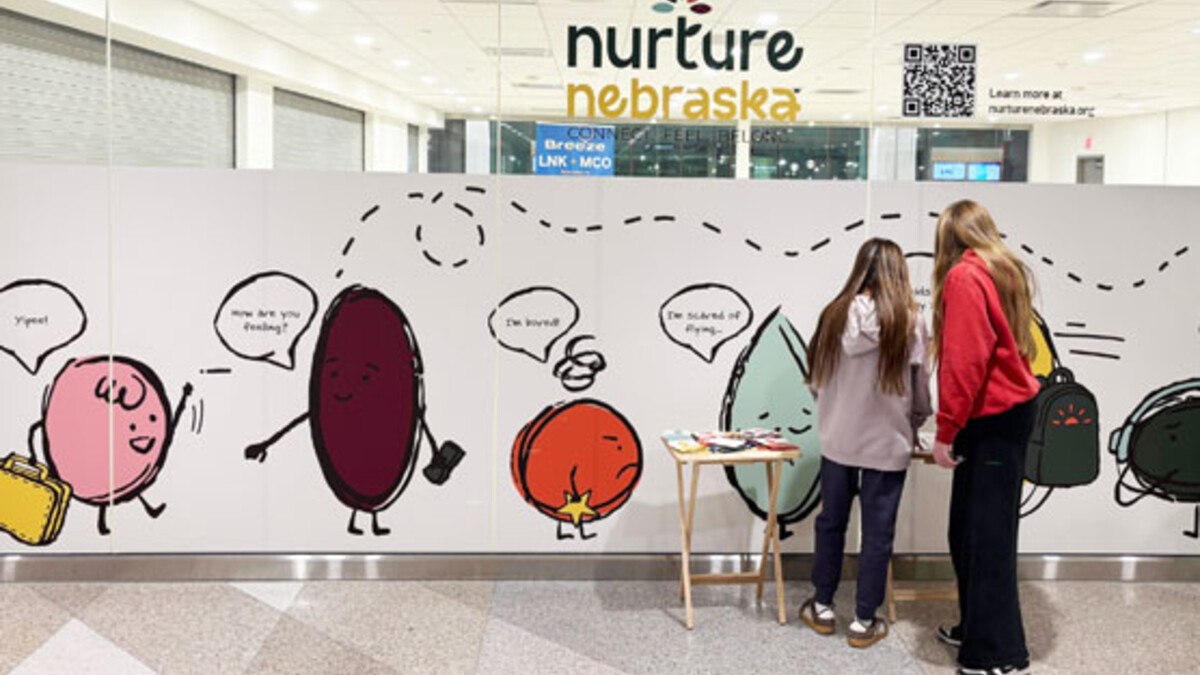
What started with an innocent question from an instructor last year brought four university units together to create a new resource with information about accessibility and universal design for learning.
After McKinzie Sutter, an instructional designer at the Center for Transformative Teaching, assisted an instructor in finding a captioning service for YouTube videos, the Office of Services for Students with Disabilities reached out about the potential to share more tips with faculty in relation to accessibility.
“Several instructional designers (at CTT) had an interest in universal design for learning and accessibility,” Sutter said. “So we came together with the SSD office to identify relevant stakeholders for providing high-quality accessibility and universal design for learning guidance to our community, and to initiate the development of a resource and relationships that could help us grow a culture of accessibility and universal design for learning at UNL.”
Joining in on the project were Instructional Technology Services, which often helps with the technology side of accessibility, the Institutional Equity and Compliance office, which handles all matters that involve discrimination and harassment based upon a protected status, and other individuals from across campus.
Suzanne Kemp, professor of practice in special education and communication disorders, leant her expertise to help create the resource and knows just how important accessibility can be when teaching.
“I have worked with students who have indicated that they have faculty who don’t believe that they need the extended time to complete tests and assignments and penalize them,” Kemp said. “It takes preplanning to have materials put into braille, and so faculty will just tell students to listen, which isn’t always the best option. If your background isn’t in education, it is challenging to know what accommodations should be put into place that will allow students to learn.”
Accessibility for students means that course content is created, presented and distributed in a manner that a student can understand the material. Universal design for learning, or UDL, is a pedagogical method based in research that offers an inclusive approach to course design.
“Accessibility is important in both the classroom and online because it provides equal access for all to learning opportunities,” Megan McLeay, instructional designer at the CTT, said. “UDL is important because it is a framework which can be used as a proactive approach to develop and design accessible courses and increase the opportunity for every learner to succeed.”
While faculty are encouraged to look at their course with fresh eyes and see where accessibility can be improved, Sutter pointed out that improving content and pedological approaches is a journey where endurance is more important than swiftness.
“Accessibility and UDL can initially feel overwhelming,” Sutter said. “I don’t recommend starting with the intention to make everything perfect or with the intention to rapidly implement what you learn in a short period of time.”
The university’s learning management system, Canvas, offers numerous ideas, tips and important information, but faculty can also reach out to their college’s instructional designer at the Center for Transformative Teaching to discuss implementing new inclusive methods when teaching.
“Instructional designers are assigned to specific colleges and departments to support faculty in best practices in teaching, learning and course design,” McLeay said. “Your instructional designer can help you to navigate the accessibility resource and identify ways in which you can increase the accessibility of your course material. (They) can also help you strategize ways to implement UDL principles into your course design and development.”
According to the National Center for Education Statistics, 19% of undergraduate students reported having a learning disability in the 2015-16 school year. Commonly requested accommodations from students include having access to lecture notes, closed captioning on videos, quiet spaces to take exams, and auxiliary aids or services such as screen readers and talk-to-text.
“If you don’t intentionally design your courses to include all students, then you will have students failing to learn who otherwise could learn the content,” Kemp said.
“Accessibility and UDL are all about deciding that you want to create environments around students that enable rather than disable,” Sutter said.
Faculty can visit the Accessibility and UDL Instructor Resource at go.unl.edu/learning4all. To learn more about student accommodations, visit the SSD webpage at unl.edu/ssd.







